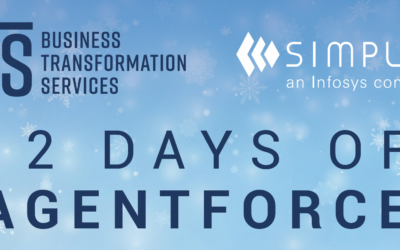I’ve worked with leaders in the manufacturing industry for many years. We’ve worked hard to implement strategies that encourage business growth and scalability. Now in an ever-evolving business environment, it’s even more critical that manufacturing companies introduce a customer-centric approach to their business relationships to keep pace with changing customer expectations. This means leaning into a new way of doing things, expanding beyond a business model where your partners are handling direct sales to your customers to a model where you are also taking ownership of the entire customer journey.
Providing a quality product or service is the fundamental manufacturing philosophy. But to survive in today’s market, companies also need to curate B2B2C experiences, opportunities for which will come from offering additional meaningful services, upsell opportunities, value-added packages, self-service portals, and other resources and services to help drive business growth.
The shift from B2B to B2B2C can be daunting because you’ve likely spent years cultivating your distributor channel and view it as a priceless asset. However, if you can master B2B and B2B2C, the upside is substantial.
A recent Harvard Business Review article highlighted some strategies for cultivating customer relationships without alienating your distributors. Authors Ned Calder, Shahriar Parvarandeh, and Michael Brady used Cree, Inc. as an example of one American manufacturer that has been successful in a reinvented manufacturing distribution strategy.
As noted in the HBR article, Cree Inc. “introduced affordable consumer LED lightbulbs… [enabling them] to command significant shelf space in Home Depot, while simultaneously building a direct-to-consumer business. During this period, Home Depot was compelled to carry Cree products. This dual distribution strategy resonated with both consumers and investors— as Cree’s stock price tripled from 2011 to 2013.”
I hope you’re buying into the shift we’re seeing in manufacturing distribution strategies and are ready to dive in. I believe transformational change and delivering the coveted B2B2C experience begins with four steps, all addressing who the customer is, what matters to them, how they are researching brands, and how manufacturing companies can best connect. Let’s discuss each point.
Expand the definition of customer in your strategy.
You’ve worked with the same partner for years and consider them your customer. Now it’s time to expand that lens to your end customers and provide both with an optimal customer experience. Focus on the features you appreciate as a customer. This includes services like easy order processing and tracking, acquiring accurate data on inventory pricing and shipping data, and immediate customer service access for amending orders.
In a customer-centric model, your job is to help your customers (all of your customers, channel partners, and end customers alike) do their job better and solve their challenges. “Instead of focusing on meeting your goals, start focusing on meeting the goals of your buyers,” explained Juliette Ferraro, an expert in manufacturing B2B marketing strategies. Identify their challenges, habits, and processes. Then provide resources that support them while identifying ways to better position your brand within that market to provide a memorable end user experience.
Optimize your strategy’s digital presence.
Your business may rest on a brand promoting generations of good old-fashioned leadership, but 73 percent of millennial workers handle…
Want to keep reading? Learn more about elevating your manufacturing distribution strategy in the complete ebook: Premium Partner Experiences in Manufacturing.















0 Comments